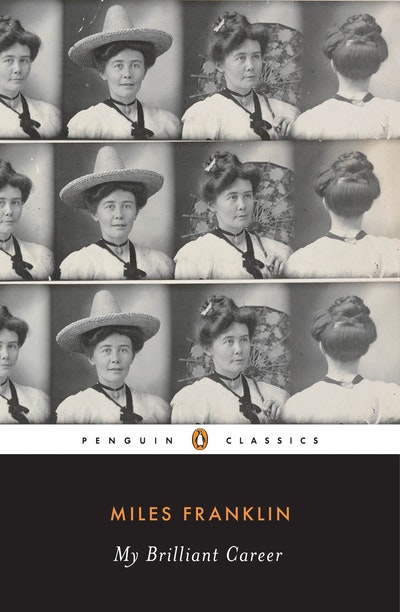


Through a complex weaving of realist and romance structures, her narrative offers a model of identity based not on a single gender/genre, but on a process of performing gendered genre roles in a manner that never quite matches the ruling prescription. Sybylla herself can never settle comfortably or decisively into 'male' realism or 'female' romance. She wrote this novel while still in her teens, and it was published in her twenty-first year. Stella Maria Sarah Miles Franklin (1879 1954) went on to become one of the most prominent Australian authors of her era. In his first letter to Franklin, he asked: 'Will you write and tell me who and what you really are? man or woman?' (vi). My Brilliant Career (1901) was Miles Franklin ‘s first novel. MY BRILLIANT CAREER BY MILES FRANKLIN AND THE GETTING OF WISDOM BY HENRY HANDEL RICHARDSON WITH ILLUSTRATIONS BY NICHOLAS TAMBLYN AND KATHERINE EGLUND. that the story had been written by a girl', xxv), the narrative bamboozled him. Yet it is just such gendering of genre which is problematised in My Brilliant Career, and despite Lawson's bravado in the preface ('I hadn't read three pages when I saw. These are two modes of writing which were firmly 'gendered' in literary debate at the time of the novel's composition, hence Lawson's distinction between the 'painfully real' and the 'girlishly emotional parts of the book' (xxv). This gender trouble manifests itself in the question of the genre of Sybylla's narrative- My Brilliant Career is a challenging mixture of realism and romance. The 'trouble' with Sybylla is that she refuses to endorse any stable and unified model of identity, most crucially, with regard to her gender Lawson's 'sex-problem'.

William Blackwood, editor, felt impelled to 'tone down' her narrative, and 'religious, political and sex-problem passages' made Henry Lawson 'blush'. Sybylla Melvyn, narrator of Miles Franklin's My Brilliant Career (1901), has troubled readers from the start.


 0 kommentar(er)
0 kommentar(er)
